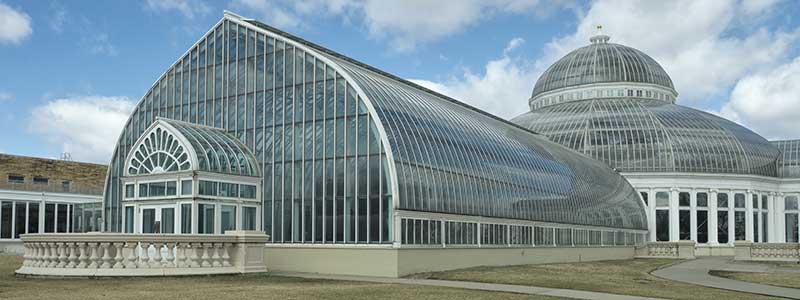The Origins of the Modern Day Conservatories
 The conservatory would appear to have its origins as far back as the days of the Roman Empire – there is evidence to suggest that the Romans were amongst the first to attempt to create structures capable of allowing light in while retaining heat, though glass was not available at that time and it is believed that mica sheets were used in its place.
The conservatory would appear to have its origins as far back as the days of the Roman Empire – there is evidence to suggest that the Romans were amongst the first to attempt to create structures capable of allowing light in while retaining heat, though glass was not available at that time and it is believed that mica sheets were used in its place.
The modern conservatory also has empire-related origins, though in this case the empire in question is not Roman, but the British Empire. As the trade routes with India, Africa and the Far East were established and blossoming in the 17th century, so to was the distribution of plants not native to these shores and wholly incompatible with the British climate. Travellers and merchants would return from afar with specimens not previously seen in this country.
Conservatories became a way to cultivate tropical fruits (hence the term ‘Orangery’), and also to permit the growth and exhibition of other plants requiring hot or even tropical conditions, and not only for aesthetic purposes. The conservatory also allowed scientists to cultivate exotic plant specimens in this country to identify any perceived medicinal benefits that they may have.
Initially exclusively built and owned by the more affluent members of society and perceived as a status symbol, it would not be unusual for plants to be removed from the conservatory for a time during the hotter summer months and the area to be used for social occasions.
Impressive and recognisable structures such as the Palm House conservatory at Kew built in the 1800s are grand historical examples of the foundations of modern conservatory design and showcase the great leaps forward that had been made in iron and glass manufacturing capabilities.
It is no coincidence that some of the more common conservatory designs and styles available today are named the Victorian conservatory or Georgian style, Edwardian style and so on – these are loosely representative of the styles of conservatory popular during those eras. The smaller panes of glass were not used so much out of choice as purely because the technology to produce larger sheets of glass just wasn’t available.
The growth in popularity of conservatories over the last 250 years and their accessibility to the masses has also been driven by manufacturing advances – primarily in glass and glazing technologies. Even though conservatories were popular in Victorian and Edwardian times, glass production was still in its infancy and concepts and techniques such as double-glazing were still a very long way off. Coupled with a lack of today’s convenient heating methods, a conservatory would have been a pretty cold place in a Victorian winter. Falling out of favour these days a well built conservatory can be a warm and pleasing multi-use space all year round.
The evolution of conservatories has also been significantly affected by advances in conservatory structure. From Victorian times and painted cast-iron frames to the timber framed conservatories of the 1960s – to materials such as extruded aluminium and later to the now widespread uPVC conservatory structures which require little or no maintenance at all other than periodic cleaning.
Conservatory Quotes
One of the more established names, Anglian, have been making and installing high-quality products since 1966 and offer a 10 year warranty on all uPVC products and a 15 year warranty on gas-filled sealed glazing units for peace of mind with your new conservatory. You can request a free Anglian quote by clicking here.

